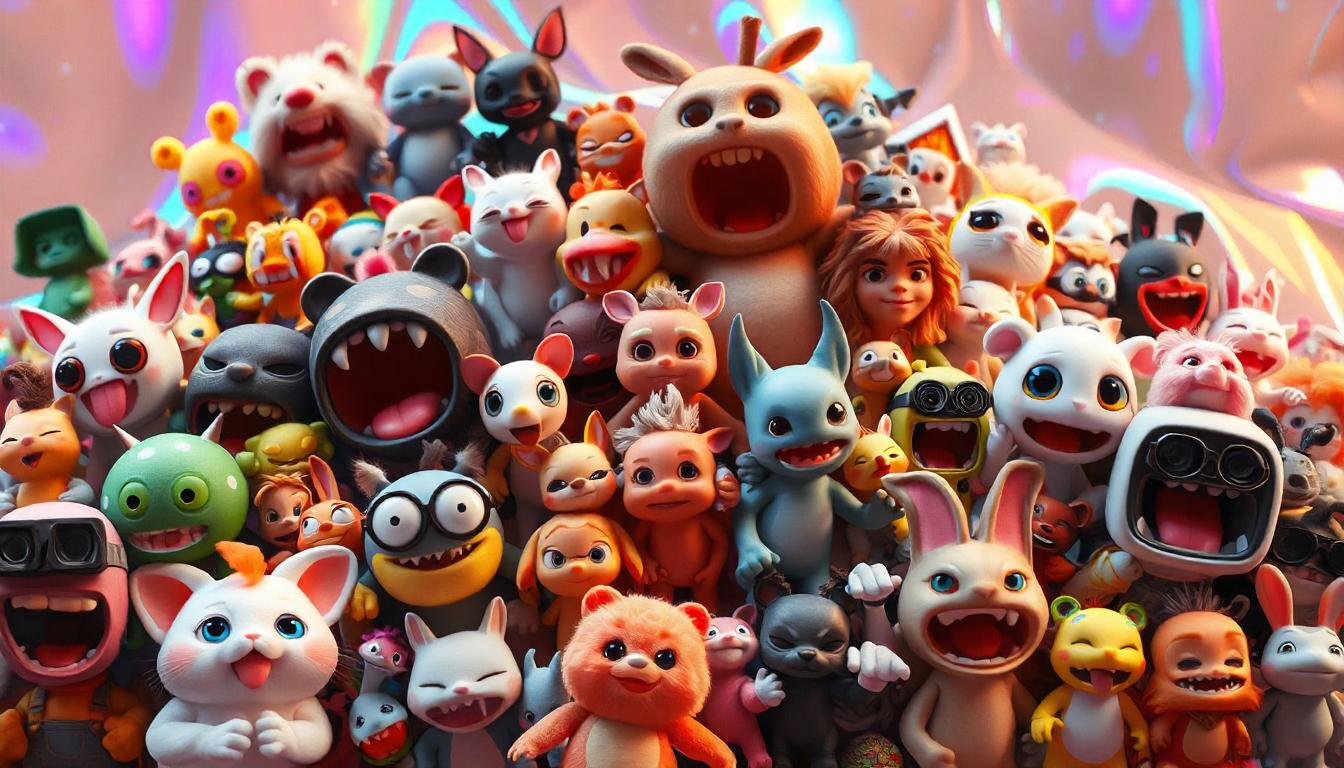Undertale is a critically acclaimed indie RPG developed by Toby Fox, released in 2015. The game features unique mechanics where players can choose to fight or befriend enemies, leading to multiple endings. With a deeply emotional story, memorable characters, and a retro-inspired aesthetic, Undertale has captivated players worldwide. Its innovative approach to morality, humor, and player agency makes it a standout in modern gaming
Introduction
Released in 2015, Undertale is a role-playing game (RPG) created by independent developer Toby Fox. The game became an instant success due to its unique mechanics, heartwarming (and heartbreaking) story, and charming pixel-art visuals. Unlike traditional RPGs, where combat is the main focus, Undertale allows players to resolve encounters peacefully, making choices that shape the game’s narrative.
Gameplay Mechanics
One of the most revolutionary aspects of Undertale is its combat system. Players can choose to attack enemies, but they also have the option to interact, talk, or even spare them. The game introduces a bullet-hell mechanic where players dodge enemy attacks using a small heart inside a confined box. This combination of RPG and shooter elements adds depth and challenge to the gameplay.
The morality system plays a crucial role. Unlike traditional RPGs that rely on grinding and leveling up, Undertale challenges players to consider their choices carefully. The game tracks every action, from whom you spare to whom you kill, affecting dialogue, story progression, and the game’s ending.
Story Overview
The game takes place in the Underground, a vast world beneath the Earth’s surface inhabited by monsters. The player controls a human child who has fallen into this realm. They must navigate their way out while encountering various monsters, some friendly and others antagonistic.
The story is deeply emotional and philosophical, exploring themes of friendship, determination, and consequences. Players encounter various characters, each with a unique personality and backstory.
Major Characters
- Frisk (The Player Character) – A silent protagonist who represents the player’s choices and morality.
- Flowey – A mysterious talking flower who serves as the game’s antagonist (depending on the route). He constantly reminds the player that in this world, “It’s kill or be killed.”
- Toriel – A motherly goat-like monster who cares for the player at the beginning, offering them a safe home. She introduces the player to the Underground’s dangers and mechanics.
- Sans and Papyrus – Two skeleton brothers with opposite personalities. Sans is laid-back and philosophical, while Papyrus is energetic and dreams of becoming part of the Royal Guard.
- Undyne – The fierce head of the Royal Guard, determined to capture humans. She plays a crucial role in both combat and storytelling, showing a different side depending on the player’s choices.
- Alphys – A shy, nerdy scientist responsible for certain dark experiments. She is a huge anime fan and plays a key role in the game’s true ending.
- Mettaton – A charismatic robot built by Alphys, who hosts TV shows and battles the player in a series of hilarious and challenging encounters.
- Asgore Dreemurr – The king of the Underground who wishes to break the barrier keeping monsters trapped. He presents a major moral dilemma for players.
Routes & Endings
The game features three primary routes, determined by the player’s choices:
1. Neutral Route
- The default route for first-time players.
- The player makes mixed decisions—sometimes sparing, sometimes killing.
- Ends with a battle against King Asgore and Flowey.
- Provides an open-ended conclusion, encouraging players to replay.
2. Pacifist Route (True Ending)
- The player must spare every enemy and build friendships.
- The true story unfolds, revealing deep lore and character backstories.
- Ends with a final battle against Asriel Dreemurr, a powerful character tied to the game’s emotional core.
- Offers a heartwarming, conclusive ending where the monsters gain freedom.
3. Genocide Route (No Mercy)
- The player kills every enemy in each area, fundamentally changing the game’s tone.
- NPCs react with fear, and certain characters refuse to interact.
- Ends with a brutal battle against Sans, known for being one of the hardest boss fights in gaming.
- Leads to a dark ending with lasting consequences, even affecting future playthroughs.
Music & Sound Design
Toby Fox composed the entire soundtrack, which became one of the most celebrated in gaming history. Tracks like “Megalovania,” “Hopes and Dreams,” and “Death by Glamour” are iconic. The music dynamically changes based on the player’s choices, enhancing emotional depth.
Themes & Symbolism
- Morality & Consequences: Every choice matters, with consequences that persist across playthroughs.
- Friendship & Redemption: Many characters change based on how the player interacts with them.
- Breaking Conventions: The game defies RPG traditions, rewarding pacifism instead of violence.
- Player’s Role in the Story: The game acknowledges the player’s agency in unique ways, even breaking the fourth wall.
Cultural Impact & Legacy
Since its release, Undertale has developed a dedicated fanbase, inspiring art, music, and fan games. It has been referenced in mainstream media, and characters like Sans have even appeared in other games (such as Super Smash Bros. Ultimate).
The game’s success led to Toby Fox developing Deltarune, a follow-up with similar themes but a different structure. Fans eagerly anticipate its future chapters.
Conclusion
Undertale is more than just a game—it’s an experience that challenges traditional storytelling and player agency. Its heartwarming characters, innovative mechanics, and emotional depth ensure its place as a timeless classic. Whether you choose to befriend or fight, Undertale makes sure you’ll never forget your journey in the Underground.
Would you like any refinements or additional sections? 😊
